The best photography equipment you can have are your eyes and your imagination
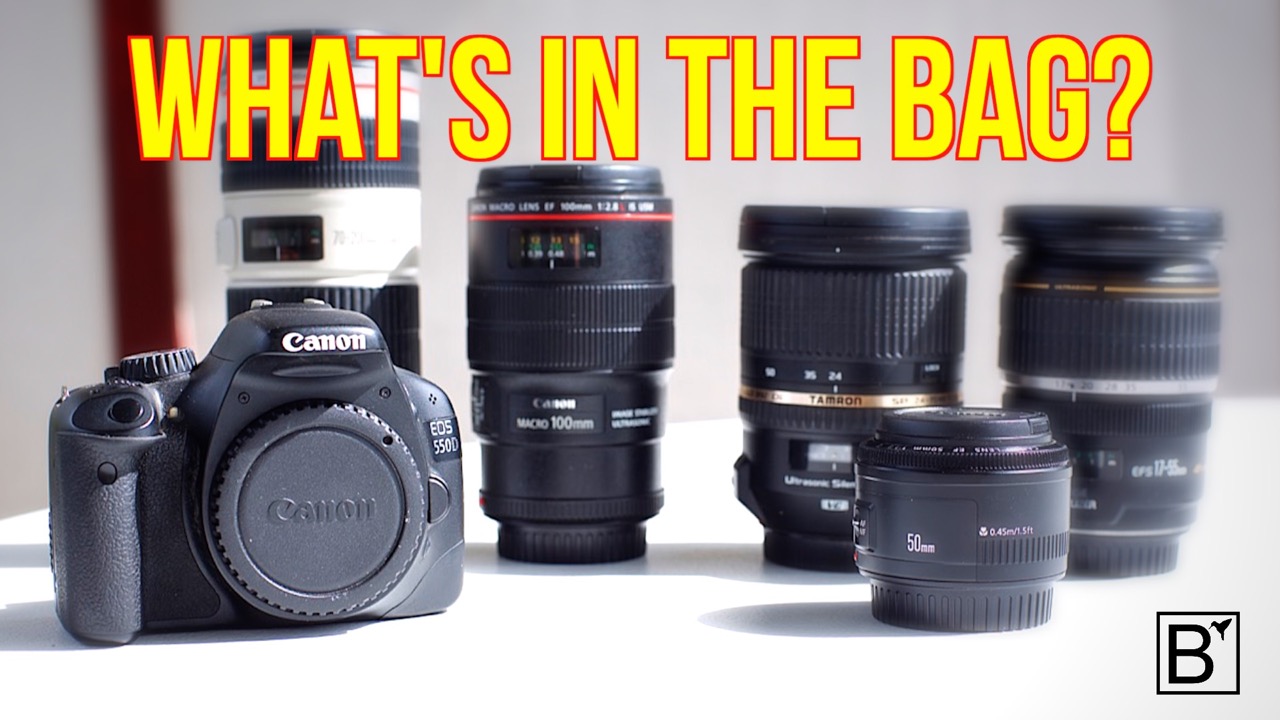
Recently I was asked by my fellow ecoTrain passenger @bubke to write something about my camera gear and my photography. I thought it might be interesting so I decided to do so.
In the first part of this post I'll list my gear. In the second part I’ll do an unprofessional lens test to show you that cheap can be good. In the third part I'll explain a bit about 'depth of field' and why it's important to know how to operate your camera in manual.
First of all: I'm not a professional photographer. So if I'm talking rubbish, please let me know in the comment section.


I bought my first DSLR (Digital Single Lens Reflex) in 2011. It was the Canon 550D which is sold as the Rebel T2i in the Americas.
I bought the 550D with the idea to do video. It's a great little camera that is easy to use with great picture quality. And it works really well for HD video.
There's no particular reason why I chose Canon, except for being a good manufacturer of cameras and lenses, but once you start investing in lenses than you don't switch brands that easily. Photography can be an expensive hobby.

My gear:
- EOS 5D Mark III - Professional, full size sensor, camera with good performance under low light conditions. Increasing the ISO doesn't immediately result in a very grainy or noisy picture. I bought this camera in 2013. It was very expensive, I paid 3300,- Euro. You can still buy them new for around 2500,- Euro. It's great, I never regretted it.
- EOS 550D - My first DSLR and a great little camera. I bought it in 2011 for 550,- Euro. The main downside of this camera is its performance under low light conditions.
- EF 70 - 200mm 1:4 L IS USM - Fantastic zoom lens with a constant aperture of f/4. Its auto focus is very fast and the lens is very sharp with good contrast and hardly any distortion in the corners of the image. It's not cheap (around 1100,-) but I think it's worth it.
For anybody who wants to know and doesn't know already: EF stands for Electric Focus. The L stands for Luxury lens, it's the professional line of Canon. IS stands for Image Stabilisation. USM stands for Ultra Sonic Motor; meaning that it focusses fast.
- EF 50 mm 1:1.8 - The Plastic Fantastic! This lens looks cheap, it feels cheap and it is cheap (around 100,- Euro). This little 50mm lens is a must have. Forget about the cheap kit lens that comes with your new camera, buy this one instead. This lens is fast and sharp with perfect image quality.
- EF 100mm 1:2.8 L IS USM Macro - This is my favourite lens. It's not only great for macro but it is a very good portrait lens as well. It's a prime lens with a focal length of 100mm. It's around 850,-. Definitely worth it.
- The Tamron SP 24-70mm 1:2.8 USD DI - This fast focusing lens with a constant aperture of 2.8 is great allrounder. Good image quality but not that fantastic for video. The image stabilisation on this lens is not very effective with video. It's not cheap either (1000,-) but that's still a lot cheaper than the Canon 24-70mm 1:2.8 L USM (1750,-). But the Canon is better even without the image stabilisation. I worked with the Canon 24-70mm, I prefer it over the Tamron.
- EF-S 17-55mm 1:2.8 IS USM - This is not an L lens but it could have been because it's that good. The image stabilisation makes a huge difference if you're doing hand-held video. Around 750,- euro, it's not cheap but if you want a good all-round video lens than you might want to consider this one. The only downside is that it only fits cameras with a cropped sensor.
- The Carl Zeiss Planar 50mm T* 1:1.4 ZE - The build quality of this lens is phenomenal. Full metal housing and a super smooth operating focus ring combined with a superb image quality makes this lens a bargain for it's price (650,- Euro). The downside is that it doesn't have auto-focus.
That's it, luckily I don't have that much because it was getting a bit boring listing all this stuff.
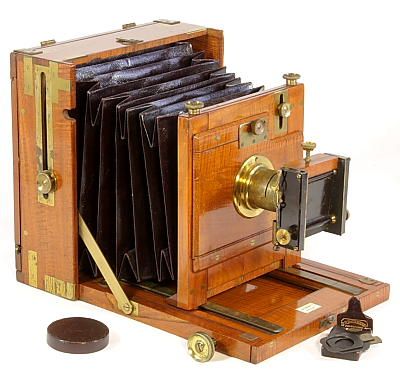
source image

An unprofessional lens test
Let's compare three lenses and see if you can detect which picture belongs to which lens. We compare the Tamron 24-70mm at 50mm (1000,-), the Carl Zeiss 50mm (650,-) and the Canon 50mm (100,-). 3 lenses with 3 different prices.
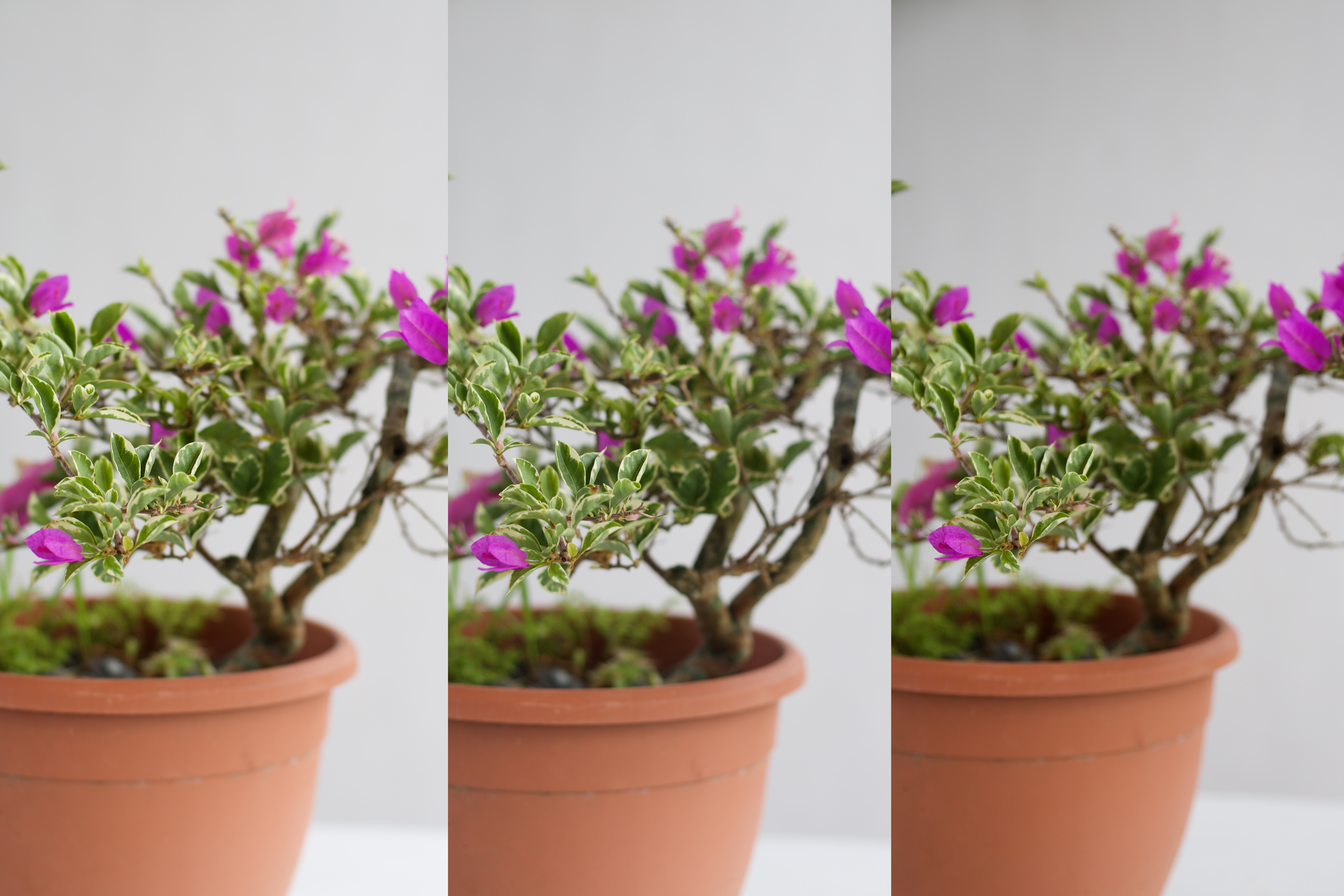
Canon 5D, ISO 100, f/2.8, 1/400
Personally, the main differences I can see are the differences in natural light and my manual focussing. I can see some vignetting in picture 2 and a bit more in picture 3 and I like the colours a bit better in picture 1. I would not be able to choose them correctly or with any certainty.
The same picture but now I stopped the lenses down to f/5.6
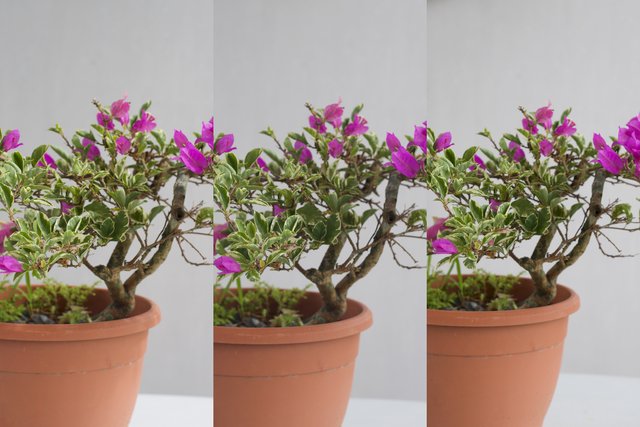
Canon 5D, ISO 400, f/5.6, 1/125
Notice that because of the higher f-stop number (f/5.6) more of the picture is in focus. This is what's called 'depth of field'. Later in this post I'll explain more about this.
This test is just to give you an idea. Under controlled conditions in a studio photographing 'lens test charts' the differences will be more defined.
Here we have the same picture taken with the 550D. The order of the lenses is the same.
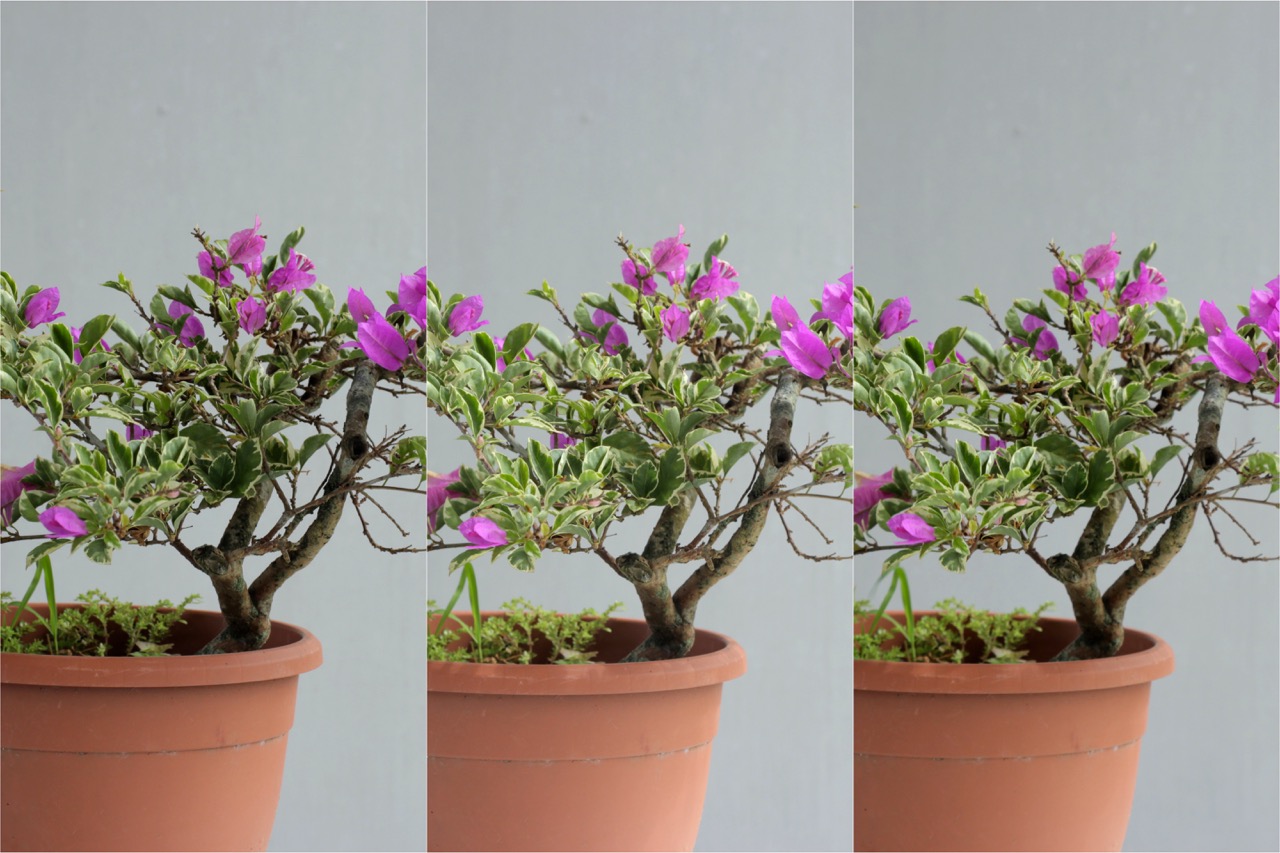
Any idea which is which?
The photographs on the left are taken with the Carl Zeiss. In the middle we have the plastic fantastic from Canon. The pictures on the right were taken with the Tamron.
This shows that money isn't everything when we're talking about photography. The 'plastic fantastic' Canon EF 50mm f/1.8 is actually better than the Tamron in a way. The main reason for that is that the Canon is a prime lens. This means it has a fixed focal length while the Tamron is a zoom lens. Zoom lenses are way more complex and consist of way more elements than a prime lens. This means that light is more obstructed. In a nutshell: prime lenses are better than zoom lenses.
Why do we buy zoom lenses? In one word: flexibility.

If you are just starting photography, a second hand DSLR and a 50mm prime lens might be an option for you.
On the second hand market, the Canon 550D with the 50mm f/1.8 including charger and an extra battery, can be found for less than 300,- USD. A professional photographer can do amazing things with this cheaper option.
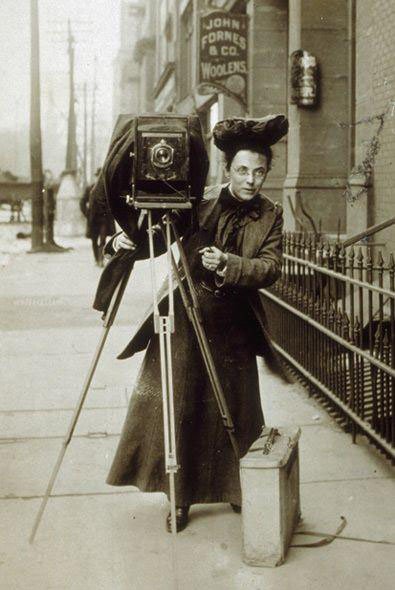
source image
How to become a better photographer?
To become a better photographer the first thing that you have to do is to learn how to operate the camera in manual mode. In manual mode you control the ISO, shutter speed and aperture.
ISO stands for International Standards Organisation but in this case it is a standardised industry scale for measuring sensitivity to light. In the old days it was used for film but nowadays it’s used for the sensitivity of the camera sensor. A low ISO means less sensitive and a high ISO means more sensitive. The downside of choosing a higher ISO is that it can result in a grainy or noisy picture.
Shutter speed or exposure time defines the time that light is let into the camera. In front of the sensor there’s a shutter. It opens when you take a picture and immediately closes after the set exposure time.
A long exposure time might lead to motion blur. A short exposure gives sharper images.Aperture in optics is the size of a hole that light travels through. In lenses there’s is a diaphragm that can be closed or opened in order to let in less or more light. Low f-stop numbers correspond with a wide opened lens. A high f-stop number corresponds with a closed lens. Aperture has a direct influence on the “Depth Of Field” (DOF). A low f-stop number leads to a shallower DOF.
To get a proper exposed picture with the desired amount of DOF one has to master to work with each of those three settings. This might sound difficult and in the beginning it might be confusing . It just needs a lot of practise, but by manually controlling or at least understanding these values one learns how to take a photograph instead of a snap-shot.
Things like imagination, art, composition, preparation are much more important than camera settings. But one has to understand the basics.

What is ‘depth of field’?
A lens can only focus on one point but there will always be an area in front of that point and an area further than that point that is also in focus. This zone is what’s called the depth of field.
In portrait photography one often chooses a blurry background in order not to distract from the subject. This requires a shallow DOF.
In landscape photography a very wide DOF is required to get everything in the picture in focus.
Compare the next two pictures for example taken with my macro lens.
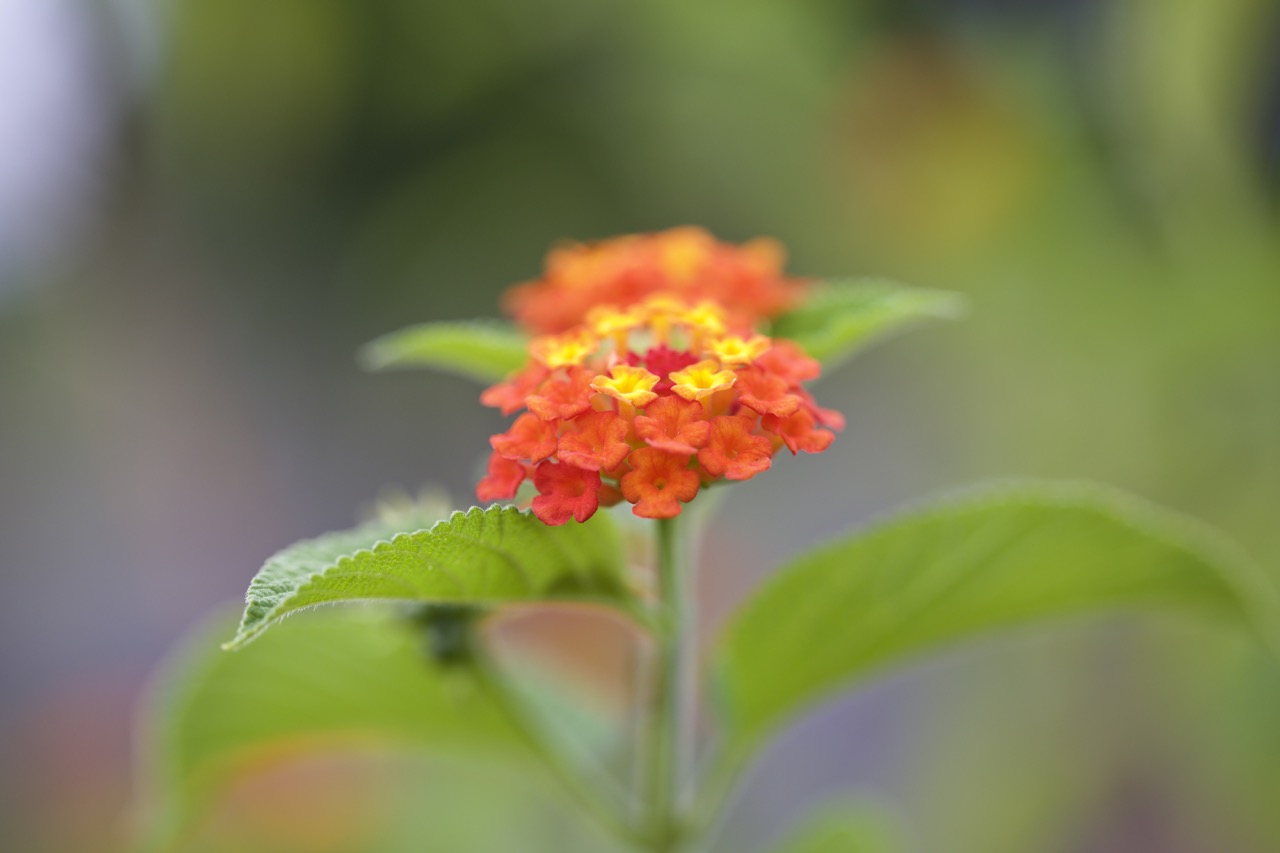
aperture f/2.8

aperture f/32

DOF depends on focal length, aperture and distance to the subject.
- Focal length is only of influence in relation to the distance that the lens is focused on. A 200mm lens focused at 3 metres will have a much shallower DOF compared to a 50mm lens focused at the same distance.
- Aperture has a direct relation to the DOF. In an open lens with a wide aperture the light rays are less parallel giving a more blurry image. While the light rays in a closed lens are more parallel and gives a sharper image.
- Getting close to the subject decreases the DOF. In macro photography one gets so close that the DOF can be less than a millimetre. This is countered by stopping the lens down to f/18 or more. To counteract the reduced light one has to increase the exposure time or the ISO or both.
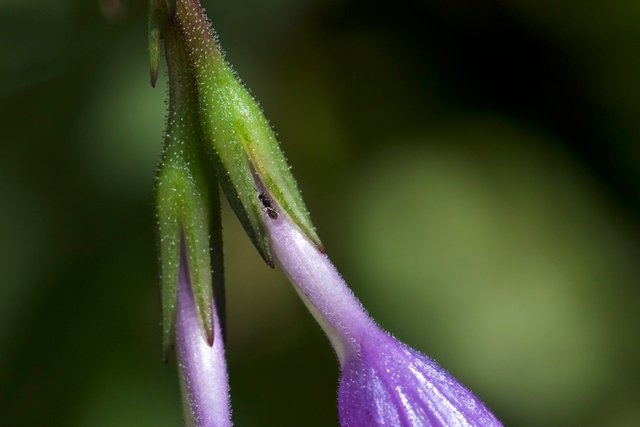
Depth of field is extremely important in photography. It's one of the main tools that a photographer possesses to express himself.
Again I'm not a professional photographer but if you can master your camera in manual mode and know how to play with the depth of field then your photographs will improve a lot.
If you read all of this then I salute you. It turned out a bit longer than expected. I hope you found it interesting.
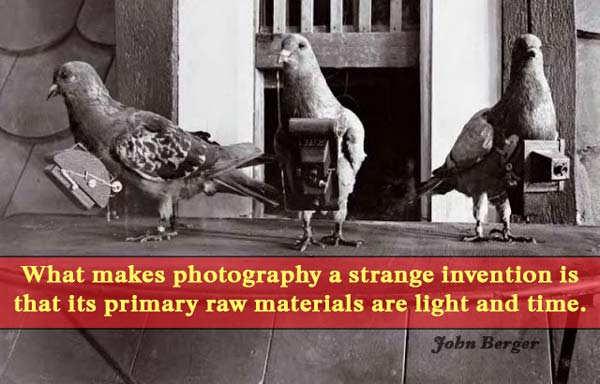
source image
Thanks and much love,
just click on the train and step on board.

Thank you so much @gardenbsquared. I was a bit laughing in the beginning as you said in a previous post comment you didn't have so much gear :-)
That was exactly all the information i wanted to know, really nicely explained. I realise i didn't know anything about it although i remember reading photography articles. It is the unschooling idea, getting the info when you ask for it works much better. I enjoyed it from the first till the last letter. I hope some other Steemians will do as well or i will feel guilty as shit giving you so much work. Beautiful, thanks again, i learned a lot, big hug.
Big hug right there. Don't worry I really enjoyed writing it. If you found it informative than I can only say: mission accomplished. Thank you.